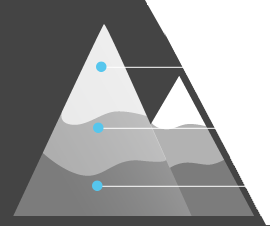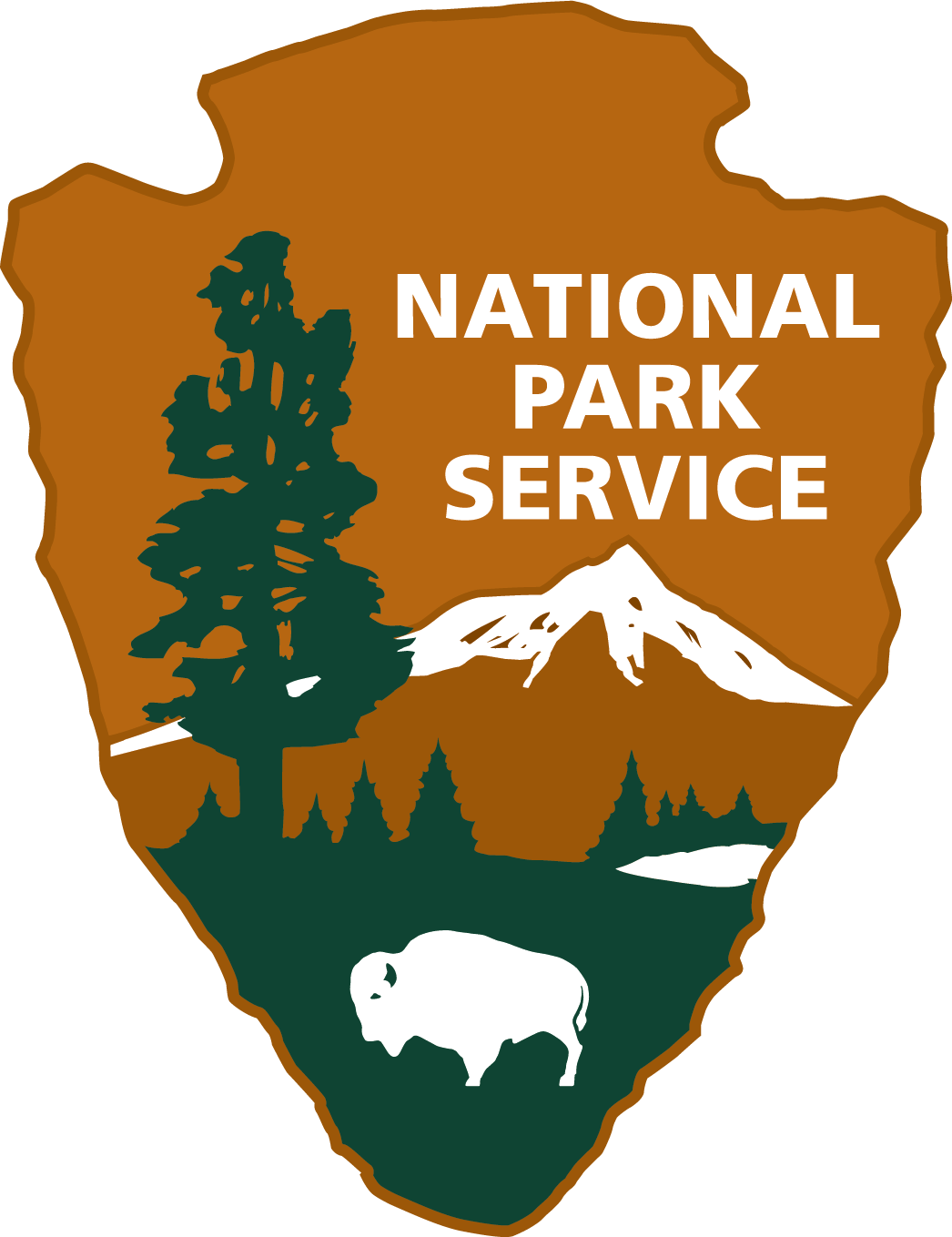Whitefish Range
Swan Range
Flathead Range and Glacier National Park
How to read the forecast
Recent and wind deposited snow on top of weak (faceted) snow near the ground has created a poor snow structure. Allow this weak, shallow snowpack time to adjust to the new load. Be conservative in terrain selection, poke around in the snow, and don't let early season powder fever ruin the whole season.

No Rating
?
Above 6500 ft.
No Rating
?
5000-6500 ft.
No Rating
?
3500-5000 ft.
Recent snow is falling onto very weak snow near the ground. The extended cold snap last week created weak snow (facets). The steep temperature gradient from the warm ground to the cold air drove the development of this weak snow with such a shallow snowpack. This weak snow is like sugar when you put it in your hands. You can't make a snowball out of it and it just falls out of your hands. Now, this storm with all of its new snow and wind deposited a slab on this weak layer. All of the right ingredients are there for an avalanche to occur (steep slopes, weak layer, and slab). It's just waiting for the right trigger (either a human or more snow/rain). Allow the snowpack time to adjust to this new load. We have a whole season in front of us.
Even though it's still November avalanches can still happen whether you are riding, skiing, hunting, or ice climbing. Carry your avalanche gear (beacon, shovel, and probe) with you. When you are in the backcountry it's important to pay attention to obvious signs of instability like recent avalanche activity, cracking of the snowpack, and whumpfing (collapsing). Also, with a shallow early season snowpack any avalanche (even a small one) could take you for a nasty ride over rocks and stumps. Ask yourself if early season turns or riding is worth it before committing to any steep slope. Since it is early season, it's a great time to poke around in the snow and see what it looks like. It's not very deep yet, so snowpits shouldn't take very long.
It's also a good idea to start brushing away the cobwebs in the part of your brain that thinks about avalanches, and attend one of the upcoming classes this fall (calendar). We conduct avalanche awareness classes for both motorized and non-motorized audiences. Many of these classes are hosted by local shops and retailers, and we appreciate their support in helping educate backcountry users.
While you are dreaming about powder-filled slopes you might also check out the online tutorials under the Education tab. There are a number of resources from the National Avalanche Center and the American Avalanche Association. There is also a great tutorial from Avalanche Canada as well as their Throttle Decisions video series.
Also, the Friends of the Flathead Avalanche Center (FOFAC) host this website and are passionate about supporting FAC and avalanche education in northwest Montana. Learn more about FOFAC and their mission. They are also hosting a Snowball on Saturday, December 6, 2014 at the Great Northern Bar and Grill. Joing them and us in kicking off the winter!
We are currently in the field getting a handle on the snowpack. We need more data before we begin issuing hazard ratings and regular advisories. We intend to issue our first advisory December 6, and, until then, will provide updates as conditions warrant. If you are out in the backcountry please send us your observations by submitting them on the Observations page, emailing us at fac.admin@flatheadavalanche.org, or by calling 406.387.3835.
Yesterday, Erich and I traveled into Noisy/Jewel Basin in the Swan Range. We observed obvious signs of instability with widespread whumpfing (collapsing) of the snowpack, particularly in areas with a very shallow snowpack (video). We found weak snow near the ground with a slab on top. The total snowpack depth is around three feet at upper elevations (>6000 ft.).
We also received multiple reports of widespread whumpfing (collapsing) from skiers on Big Mountain in the southern Whitefish Range. Remember that at this time there is no avalanche control and the slopes at ski areas have uncontrolled backcountry conditions. It is important to carry your beacon, shovel, and probe when traveling in the backcountry.
In the previous 24 hours 2-6 inches of snow accumulated with last night's storm favoring the southern part of the advisory area. For the next couple of days, expect to see continued precipitation with fluctuating snow levels. Most mountain locations will see snow. The next notable storm is expected Friday as another cold air mass moves in from the northeast and interacts with moisture from the west.
| 0600 temperature: | 18-26 deg. F. |
| Max. temperature in the last 24 hours: | 24-31 deg. F. |
| Average wind direction during the last 24 hours: | S-SW |
| Average wind speed during the last 24 hours: | 5 mph |
| Maximum wind gust in the last 24 hours: | 6-16 mph |
| New snowfall in the last 24 hours: | 2-6 inches |
| Total snow depth: | 28-38 inches |
This advisory applies only to backcountry areas outside established ski area boundaries. This advisory describes general avalanche conditions and local variations always occur. This advisory expires at midnight on the posted day unless otherwise noted. The information in this advisory is provided by the USDA Forest Service who is solely responsible for its content.
Call
Contact
In Partnership With

In Partnership With








